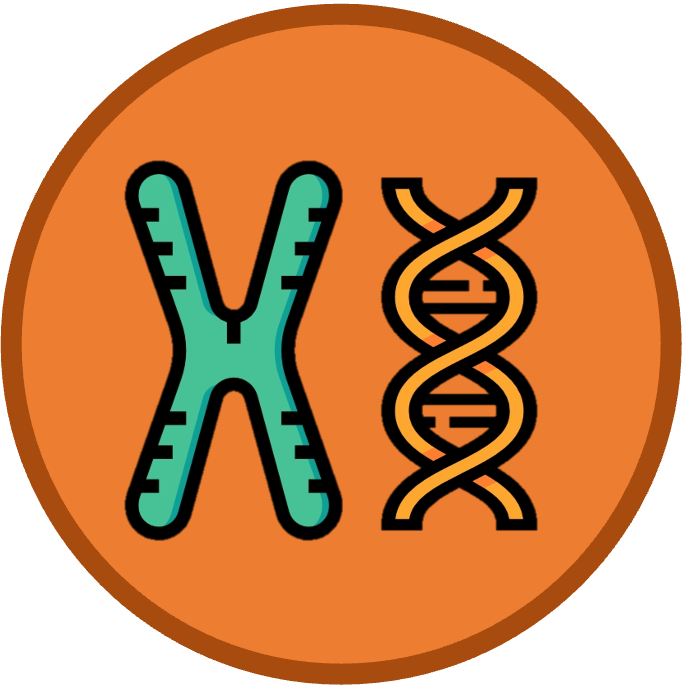

Epigenetics (AHL)
Higher Level
Gene ExpressionEpigenesisEpigenetic TagsExtrinsic TriggersGenomic ImprintingRegulatory ControlRNA DegradationAHL Content Statements
-
D2.2.1
Gene expression as the mechanism by which information in genes has effects on the phenotype
-
Students should appreciate that the most common stages in this process are transcription, translation and the function of a protein product, such as an enzyme.
-
D2.2.2
Regulation of transcription by proteins that bind to specific base sequences in DNA
-
Include the role of promoters, enhancers and transcription factors.
-
D2.2.3
Control of the degradation of mRNA as a means of regulating translation
-
In human cells, mRNA may persist for time periods from minutes up to days, before being broken down by nucleases.
-
D2.2.4
Epigenesis as the development of patterns of differentiation in the cells of a multicellular organism
-
Emphasize that DNA base sequences are not altered by epigenetic changes, so phenotype but not genotype is altered.
-
D2.2.5
Differences between the genome, transcriptome and proteome of individual cells
-
No cell expresses all of its genes. The pattern of gene expression in a cell determines how it differentiates.
-
D2.2.6
Methylation of the promoter and histones in nucleosomes as examples of epigenetic tags
-
Methylation of cytosine in the DNA of a promoter represses transcription and therefore expression of the gene downstream. Methylation of amino acids in histones can cause transcription to be repressed or activated. Students are not required to know details of how this is achieved.
-
D2.2.7
Epigenetic inheritance through heritable changes to gene expression
-
Limit to the possibility of phenotypic changes in a cell or organism being passed on to daughter cells or offspring without changes in the nucleotide sequence of DNA. This can happen if epigenetic tags, such as DNA methylation or histone modification, remain in place during mitosis or meiosis.
-
D2.2.8
Examples of environmental effects on gene expression in cells and organisms
-
Include alteration of methyl tags on DNA in response to air pollution as an example.
-
D2.2.9
Consequences of removal of most but not all epigenetic tags from the ovum and sperm
-
Students can show this by outlining the epigenetic origins of phenotypic differences in tigons and ligers (lion–tiger hybrids).
-
D2.2.10
Monozygotic twin studies
-
Limit to investigating the effects of the environment on gene expression.
-
D2.2.11
External factors impacting the pattern of gene expression
-
Limit to one example of a hormone and one example of a biochemical such as lactose or tryptophan in bacteria.



